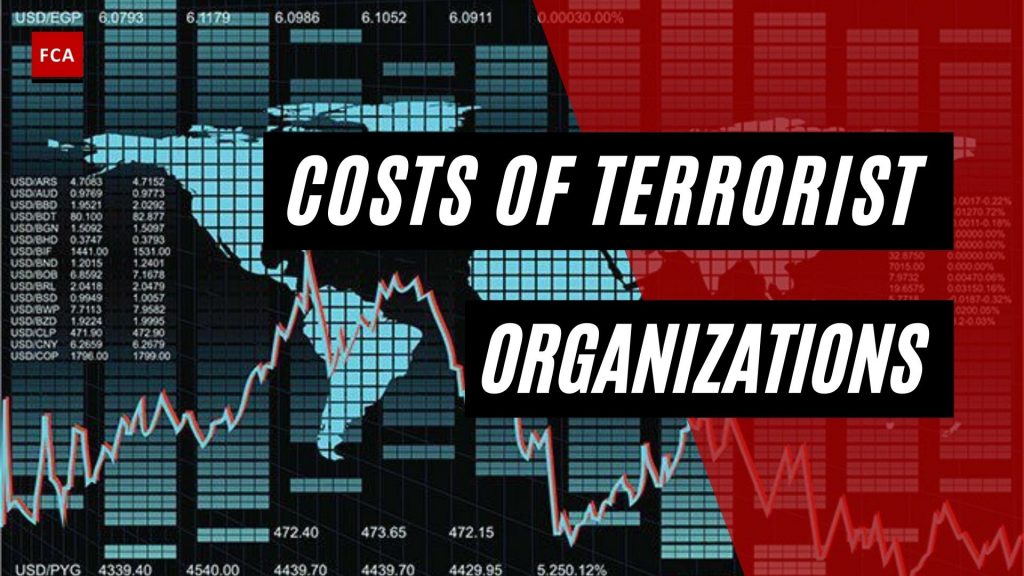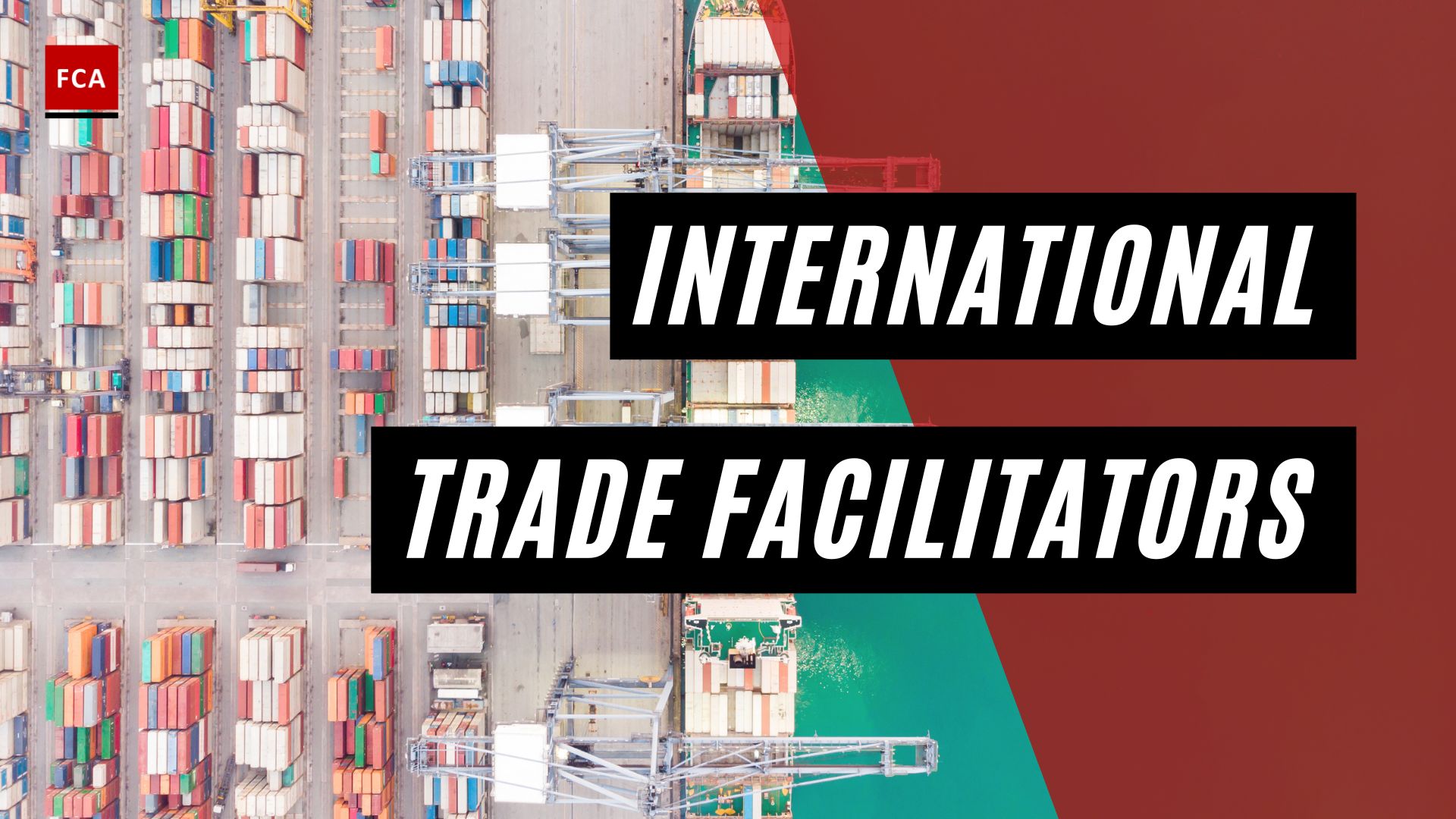The costs of terrorist organizations. The organizational structure of the terror group and the nature of the terrorist attacks directly influence the type of funding for direct and indirect costs.

Direct And Indirect Costs Of Terrorist Organizations
Direct Costs
The direct costs of terror attacks are related to the products and materials used in the attacks. These include components of making the bombs, vehicles, surveillance material, and maps. These costs are astoundingly low when compared to the amount of destruction terror attacks cause on human lives and infrastructure, in addition to long-term effects on the society affected.
For example, the direct costs of the 9/11 terrorist attack on the World Trade Centre reached a six-digit figure. The costs of other significant terror attacks, such as the attacks on the United States embassies in Tanzania, Kenya, and the Madrid Railway bombings of 2004, were below 50,000 dollars.
Terrorism‘s most immediate and measurable impact is physical destruction. Terrorists wreak havoc on existing plants, machines, transportation systems, workers, and other economic resources. Terrorists may blow up cafes, churches, or roads on a smaller scale. Large-scale attacks, most notably the World Trade Center bombings on September 11, 2001, have the potential to destroy billions of dollars in property while killing thousands of productive workers.
Terrorism and war always have a negative impact on the economy, and physical destruction is a major reason for this. Productive resources that could have produced valuable goods and services are destroyed, while other resources are almost always diverted from other productive uses to strengthen the military and defense. None of this creates wealth or raises the standard of living, despite the fact that military spending is frequently incorrectly cited as a stimulant; this is the “broken window fallacy,” as economists refer to it.
Indirect Costs
Typically, the indirect costs involved in running a terrorist organization and executing attacks far exceed the direct costs. Indirect costs include:
- Salaries and Communication
These are expenses related to the operative personnel as well as their family members. Other indirect costs include facilitating communication between the terrorists and the parent network if there is one.
- Training, Travel, and Logistics
Apart from inculcating ideology on the operative personnel, terrorist organizations also invest heavily in practical training of the recruits. This means that the terrorist organization will use a substantial amount of funds to allow and finance training and any associated travel. Travel costs related to training are not incurred only by sophisticated terror network groups but also extend to independent terrorists with no connection to a larger network.
- Shared Funding
Terrorist groups who are either part of a larger network or who share similar religious and ideological goals are more likely to support other members through funding. Shared funding is, therefore, a common cost incurred among terrorist groups.
- Advertising and Recruiting
As we have mentioned earlier, the substantial costs of maintaining a terrorist syndicate include subsistence, travel, training, and supply of materials. Funding is also required for recruiting new members, creating a supportive environment, and spreading the intended ideology to the larger population. As a result, it is common for terrorist organizations to fund either the media or charities sympathetic to their cause for favorable coverage in return.
Terrorist groups sometimes engage with charities operating in underdeveloped parts of the world that lack public social welfare systems or in high-risk areas. Directly supporting these charities and making them public makes the population of this region sympathetic to the activities of the terrorist organization, especially when attached to a cause.
It is also common for terrorist groups to rely on finances offered to charities they are affiliated with to pursue their terrorist activities. This practice is often advantageous to terrorist syndicates since it presents their funding sources as legitimate.
Mass media outlets are used by terrorist organizations to promote a certain ideology. For example, al-Qaeda has used television media for a long-term boost in operations and to make itself known. Besides media outlets, most terrorist organizations have websites where the group uploads its content such as videos to justify their operations including the use of violence (for example: killing of innocent civilians or suicide bombing).
Total Costs
Various costs are necessary to fund terrorist organizations. In the end, the total costs may be substantial considering the operations encompass recruitment, substantial infrastructure, and seeking public support using various avenues. For example, it is estimated that Al-Qaeda used 30 million dollars prior to launching the attacks on September 11 on the World Trade Center. Most of these funds were channeled to the different areas we have mentioned above, including operations funding, training, maintenance, and purchasing military devices. The terrorist syndicate also made contributions to the Taliban, other terrorist groups, and high-level officials.
Recently, the hierarchical structure of the organization may have changed to one that is decentralized and fragmented. However, according to the Financial Action Task Force or FAFT in short, the funding requirements of Al-Qaeda have not significantly changed over the years. The financial flows of the organization are estimated to be between 20 million and 50 million dollars.
In terms of members, al-Qaeda is not the largest. Hezbollah is the largest terrorist syndicate in the world, yet it has similar funding estimates as al-Qaeda – 50 million dollars. Other terrorist groups such as Front Islamique du Salut and Hamas have smaller budgets.
Final Thoughts
The high-profile terrorist attacks in the United States, Bangladesh, Iraq, France, and Istanbul are just a few of the more than 7,000 known terror attacks between the November 13, 2015, Paris attack and July 2016. Since at least 2001, investors and businesses in the United States have been dealing with the realities and tragedies of global terrorism, and the threat has only grown. While the human toll is high, the economic impact may be greater than most people realize. The following are five ways in which terrorism affects the economy.








